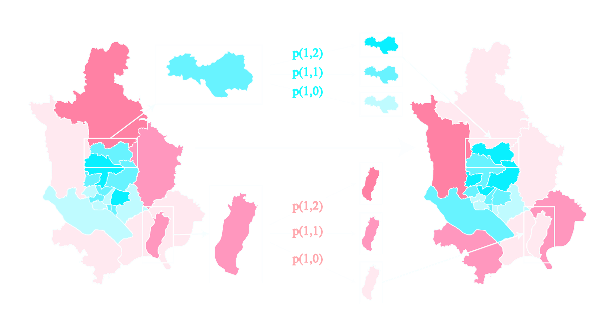Highly localized sensitivity to climate forcing drives endemic cholera in a megacity

The population dynamics of endemic cholera in urban environments—in particular interannual variation in the size and distribution of seasonal outbreaks—remain poorly understood and highly unpredictable. In part, this situation is due to the considerable demographic, socioeconomic, and environmental heterogeneity of large and growing urban centers. Despite this heterogeneity, the influence of climate variability on the population dynamics of infectious diseases is considered a large-scale, regional, phenomenon, and as such has been previously addressed for cholera only with temporal models that do not incorporate spatial structure. Here we show that a probabilistic spatial model can explain cholera dynamics in the megacity of Dhaka, Bangladesh, and afford a basis for cholera forecasts at lead times of 11 mo. Critically, we find that the action of climate variability (El Niño southern oscillation and flooding) is quite localized: There is a climate-sensitive urban core that acts to propagate risk to the rest of the city. The modeling framework presented here should be applicable to cholera in other cities, as well as to other infectious diseases in urban settings and other biological systems with spatiotemporal interactions.
